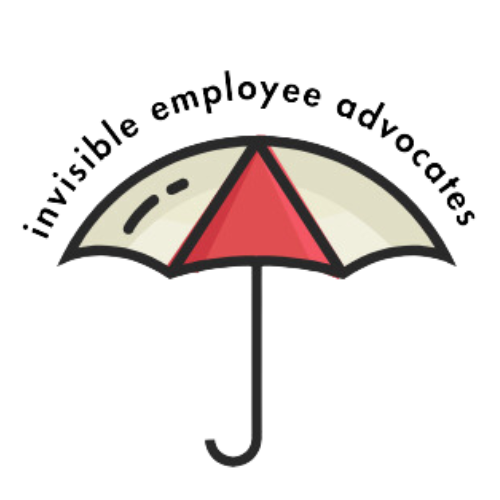Millennial Caregivers: The Future of the U.S. Care Economy (9/30/25)
In today’s workforce, the millennial caregiver is often the most underestimated of all the employee segments. Born between 1981 and 1996, these workers are building careers while facing the demands of childcare, eldercare, and financial instability. Did you know that millennials compose the largest employee segment in today’s workforce? The majority of them (54%) admit to moderate or high levels of financial stress. And almost 1 in 2 state that family caregiving has negatively affected their mental health. Employers who are concerned with productivity and retention would do well to understand and help address the challenges this group faces.
Though often misunderstood, millennial workers bring tremendous value to the workforce in the form of their resilience, empathy, and innovation. Perhaps the bad reputation they have endured within the labor market erupts from the conflict between perception vs reality. For example:
Perception: Millennial workers have no loyalty, hopping from job to job out of whim or as their mood suits them.
Reality: Motivated by large student debt loads and the high cost of living, millennials must navigate an increasingly evolving labor market that lacks the financial security of their parents’ generation.
Perception: Millennials don’t want to do the work or put in the time.
Reality: Millennials value efficiency, often working smarter instead of longer. They are tech-savvy and often use digital tools to boost their productivity.
Perception: Millennials don’t have what’s needed to take on executive leadership roles.
Reality: Millennials value collaboration and impact over hierarchy and titles. They have broken the old leadership-style mold in favor of one that focuses more on creating inclusive, innovative, and people-centered ways to get the job done.
Millennial Caregivers are Shifting the Narrative Around Caregiving
Against this backdrop, the millennial caregiver has entered the workforce in record numbers. Remaining largely invisible and silent about their family caregiving status, these employees continue to manage their dual roles of employee and family caregiver, most often without support or recognition. According to Caregiving in the U.S. 2020 report (AARP and National Alliance for Caregiving), over 12 million millennials have stepped into unpaid family caregiving roles. This group is too large to go unsupported, and their needs overlooked.
Shaped by the financial crisis of 2008, 9/11, and the rise of artificial intelligence, this generation represents a diverse group of workers who are tech-savvy and are redefining what it means to care in the modern age. Their use of apps and online support, such as virtual family meetings and Facebook caregiver groups, forces caregiving to take on a very different look than that of past generations.
However, like previous generations of caregivers, millennial caregivers still struggle to find the right balance to successfully meet both work and caregiving obligations. What sets this group apart is their resourcefulness. They are adept at using technology to help them meet their challenges, while advocating for improvement, such as changes in policy to provide better family leave and more flexibility in remote work options.
Conclusion - Dollars and Sense
According to the research, ignoring the needs of working caregivers, particularly millennial caregivers, is a costly oversight. It’s estimated that businesses lose around $35 billion each year due to caregiving-related lost productivity, absenteeism, and turnover. Without needed support from their employers, many millennials continue to struggle with the high demands of their jobs while scheduling doctors’ appointments and managing medications and daily activities of life for their loved ones. Keep in mind that many millennials are also under the added pressure of significant student loan debt, which further impacts their long-term economic stability.
When employers move past the outdated and false perceptions about millennials and recognize and embrace the unique talents they bring to the workforce, they will help to position a generation not only ready to lead, but to change the future of work for the better. Rather than pointing to millennials as the problem, it makes better business sense to focus on them as a critical part of the solution.
Until the next blog!
Thank you for being here, for reading, and for caring!
References
AARP and National Alliance for Caregiving, Caregiving in the U.S. (2020).
Harvard Business School, The Caring Company, (2019).
Genworth Financial, Beyond Dollars Study, (2023).
Pew Research Center
